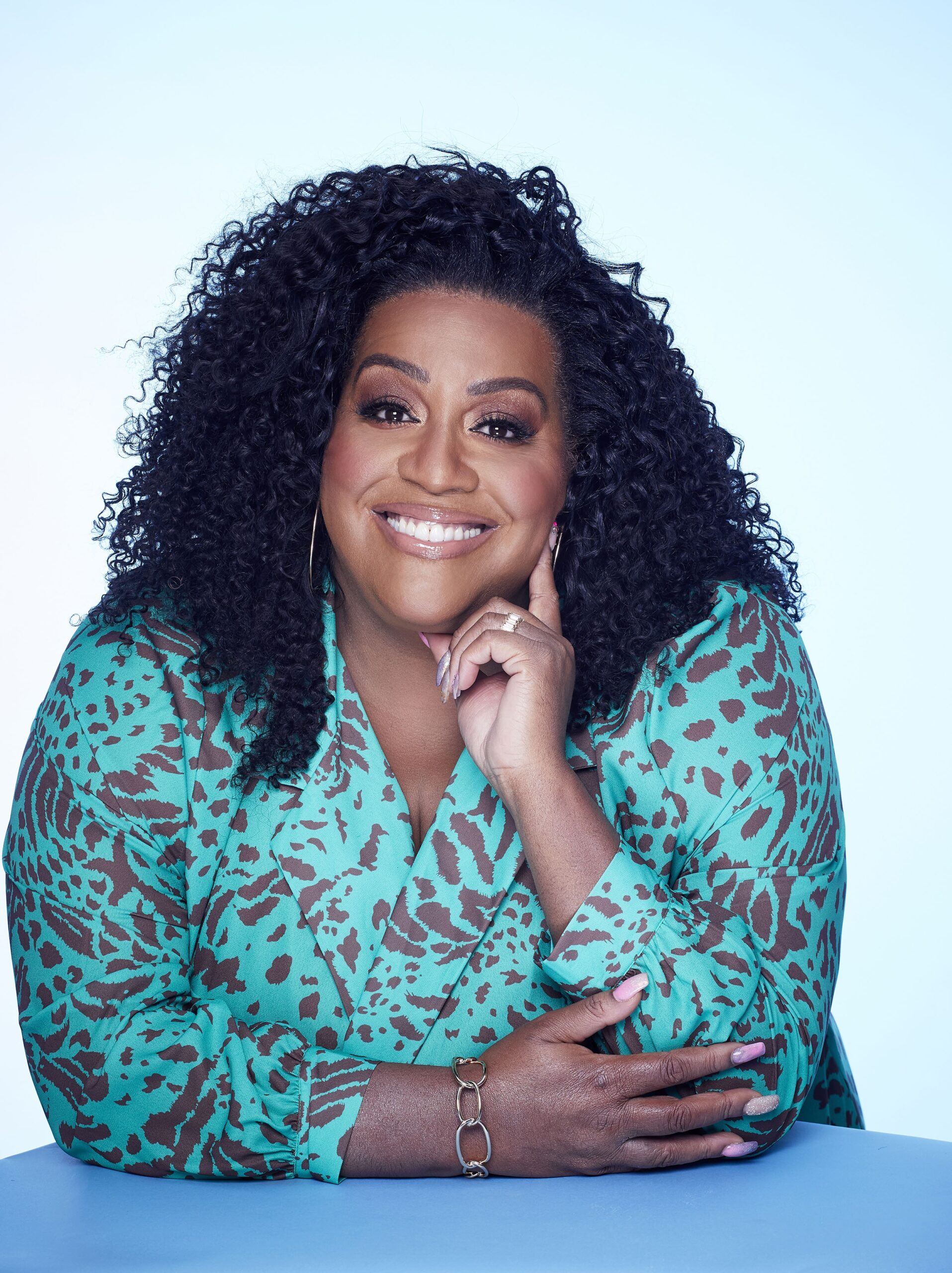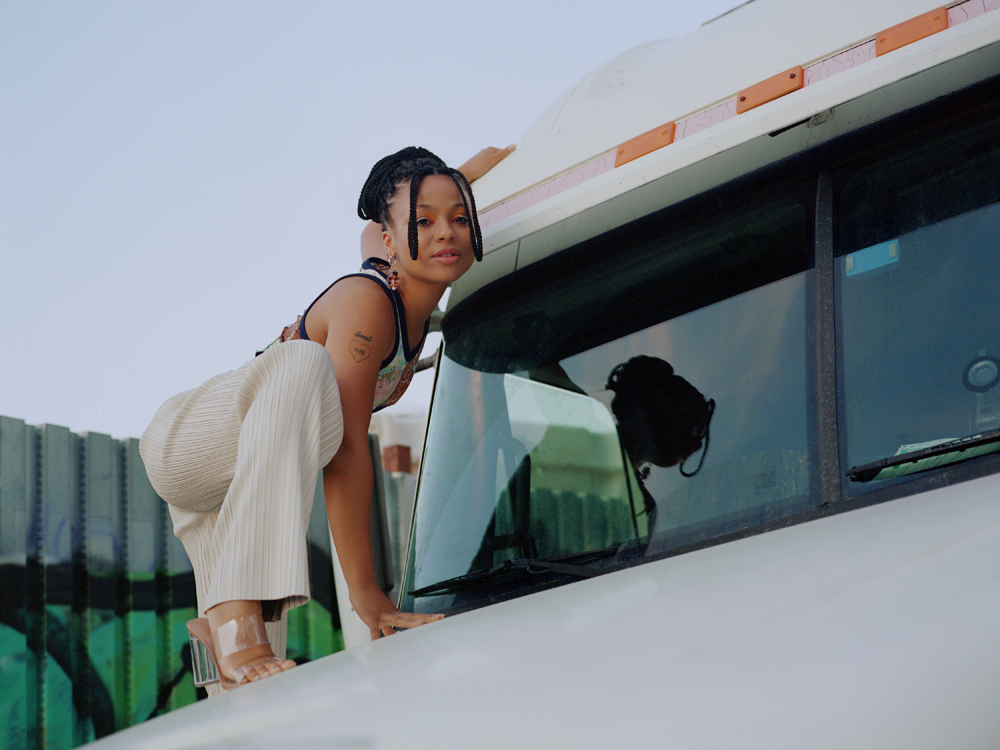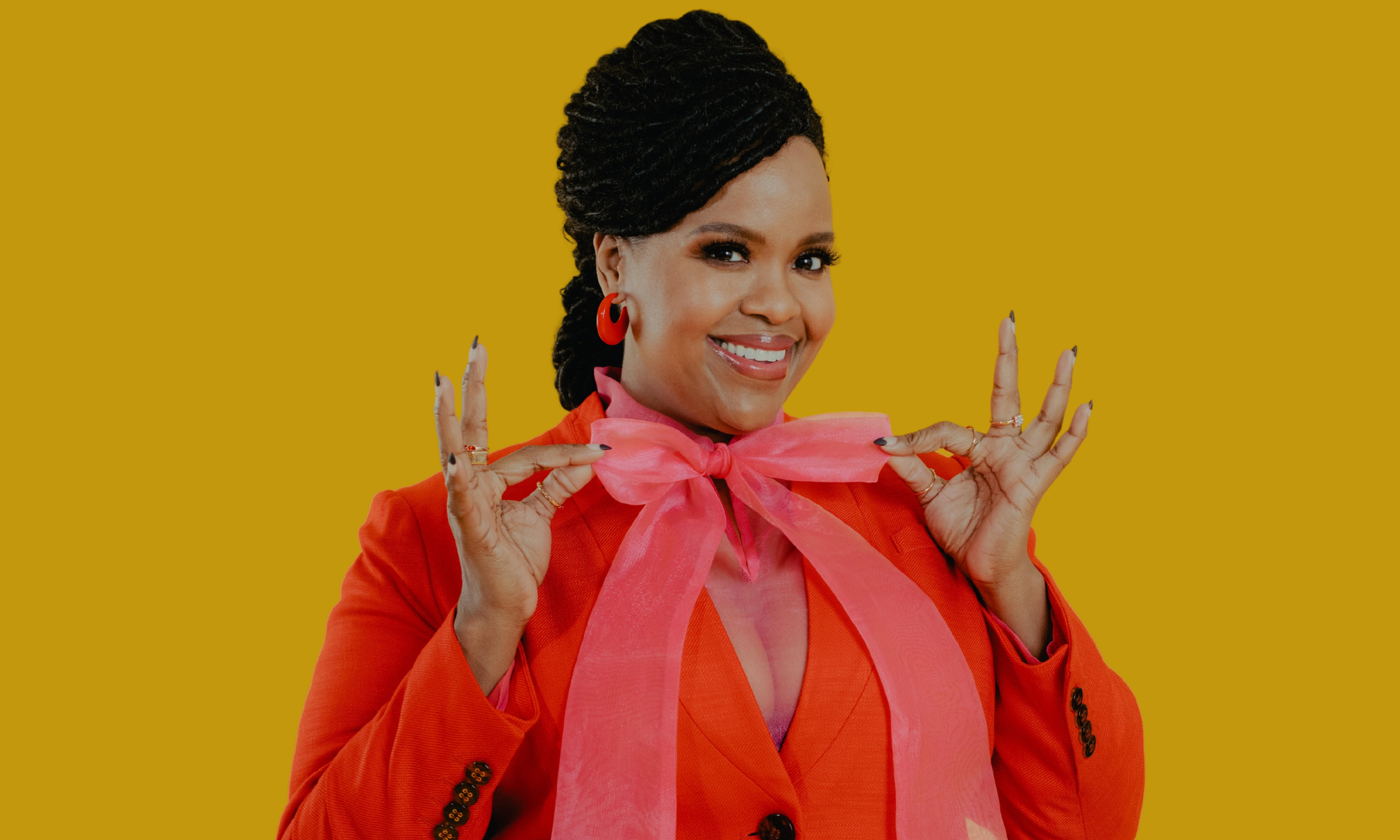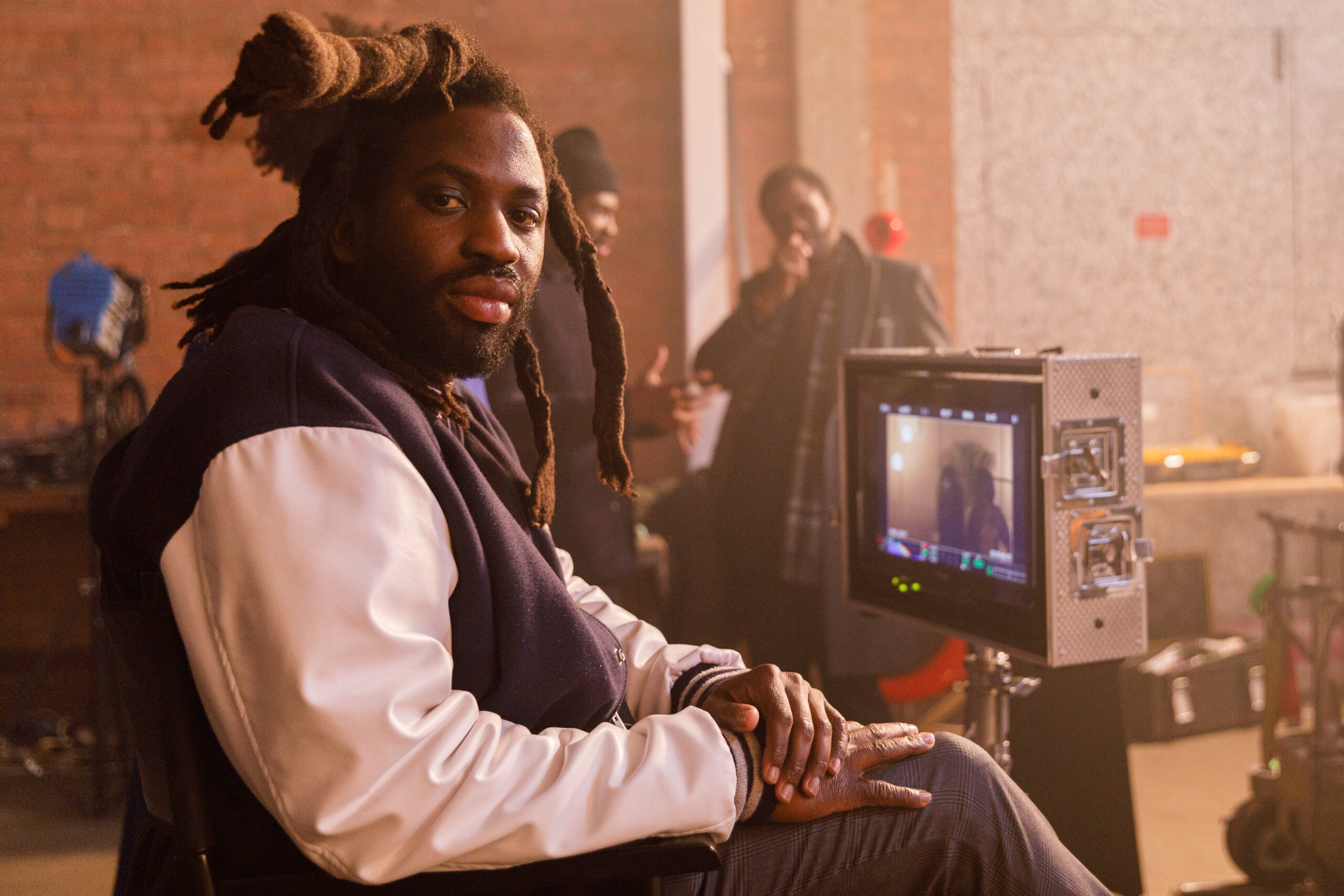Bridgerton is yet another recent example of joyous Tamil girl representation
Between the Bridgerton, Never Have I Ever, and Priya Ragu or even Kamala Harris, women of my culture are finally being recognised with nuance and specificity.
Beulah Rajkumar
28 Mar 2022

Netflix
Growing up, kids in the UK didn’t even know what Tamil was. I’d often be categorised as just an Indian that loves Bollywood, because that’s something that people could recognise. I couldn’t be bothered to explain the depth of my identity, how India has 22 languages, and how there are other South Asian countries outside of India and cultures within it.
I am Tamil – one of those brown girls that originate from South India or Sri Lanka something that has often left me feeling unknown and even in my own culture where Tamil cinema (nicknamed Kollywood), India’s second-biggest film industry, could reflect me, instead Tamil women like me are rendered invisible because of our darker complexion. A white woman from Newcastle, Amy Jackson has made more money playing roles from my culture than I ever could have. Even in an industry that is meant to represent Tamil people, Tamil women are told that we’re not alluring or interesting or good enough to be on-screen. So the recent influx of Tamil women in popular culture, most recently demonstrated in the new series of Bridgerton, certainly hasn’t gone unnoticed.
The second season of Bridgerton centres around sisters Kate (played by Simone Ashley) and Edwina (Charithra Chandran), and their mother, Mary Sharma (Shelley Conn), as they arrive in 1800s Mayfair London from India, catching the eye of Mr Darcy-esque Lord Anthony Bridgerton (Jonathan Bailey). The new series has arrived to fanfare for its reprisal of the classic enemies to lovers trope. But above all, it is rare, and exquisite to see a dark-skinned woman as the romantic lead, loved for her passion and wiles. She is “the bane of his existence, and the object of all [his] desires”.
While it is not explicitly mentioned, Tamil is evident in the script of the show. The sisters say they are accomplished in Latin, Greek, Hindi and Marathi, but jump from saying ‘didi’ (Hindi for ‘elder sister’) to ‘appa’ (Tamil for dad) throughout the season. Life in Bombay is accurately captured in that the sisters would most likely be multilingual. Either Shondaland has deeply understood the essence of India or they’ve just mixed up the languages. Either way, the Sharma’s are fierce, elegant, and proud of their Indian heritage, with small details, such as Kate’s tea etiquette of adding cardamom and clove spices to create every Tamilian’s signature chai. Eventually the romance of Anthony and Kate shows how he embraces her entire essence by referring to her by her Asian name “Kathani Sharma”.

During filming, Charithra recognised the impact of these roles. She tells gal-dem it was “very emotional at first”. This is because she was thinking of how other young women might finally “feel seen”. “I look forward to seeing all the girls who might dress up as Kate and Edwina for costume parties,” she says. The 25-year-old also tells me that she thinks her character, Edwina Sharma, will empower women to embrace their complexion. “I hope that young women see that there is immense beauty in the richness of their skin tone. Dark is beautiful.”
For many, that beauty was not always easy to recognise. On occasions in the past, I’d take selfies by standing directly in front of the sun to wipe away all of my features under its bright rays, believing that I’d seem more attractive that way. Even Simone has posted videos to counteract these beliefs on her Instagram before. Maybe it’s because when I Google ‘Tamil actresses’, the biggest Indian stars have this milky skin tone in comparison to when I google ‘Tamil women’. Or when aunties say, “even though she’s dark (karuppi), she’s very smart,” as if being darker is a defect. Or maybe it’s just ingrained in me that South-Asian men prefer women that are lighter-skinned than them, to have lighter-skinned babies.
The actress also explains that the West needs to free itself from the presentation of Indian women as being “nerdy or non-sexual.” Instead, she describes Edwina as “the ‘it-girl’”, recognising the rarity of her role where, “a dark-skinned Indian woman is the most ‘desirable’ match of the season.”
“I hope that young women see that there is immense beauty in the richness of their skin tone. Dark is beautiful.”
Her words are reflective of a growing Tamil girl era where a more nuanced view of womanhood is emerging in the community. The streaming giant has form for this elsewhere on the platform. Mindy Kaling’s Netflix hit, Never Have I Ever, featured Maitreyi Ramakrishnan, a Sri Lankan Tamil girl as its plucky protagonist. The fourth and final season, again focuses on a family of three women, particularly Tamil diaspora teen Devi Vishwakumar. Throughout the seasons the show has celebrated what western Tamil girls would usually cringe at. From Devi’s crush saying she looks “cool” in a sari, her family casually speaking to each other in Tamil, to coming to terms with enjoying being too Indian. It even flips the nerdy-brown-girl stereotype, portraying Devi, the smartest girl in class, as competitive, very flawed, and wanted by two guys.
As well as meaningful exposure on the world’s biggest service, Tamil girls in general, are having their moment in culture right now. Politics aside, it felt significant that when the US Vice President Kamala Harris was nominated at the Democratic convention, she made specific references to her Tamil roots at the podium. She said her mother had “raised us to know and be proud of our Indian heritage”, adding: “Family is my uncles, my aunts and my chithis.” In the tiny Tamil village of Painganadu public walls wore posters of her face. Model and personality Padma Lakshmi tweeted that she had “tears in her eyes” at seeing that speech. Whether this is a celebration of culture or a political ploy, it still shows there is growing appetite to celebrate Tamil heritage.
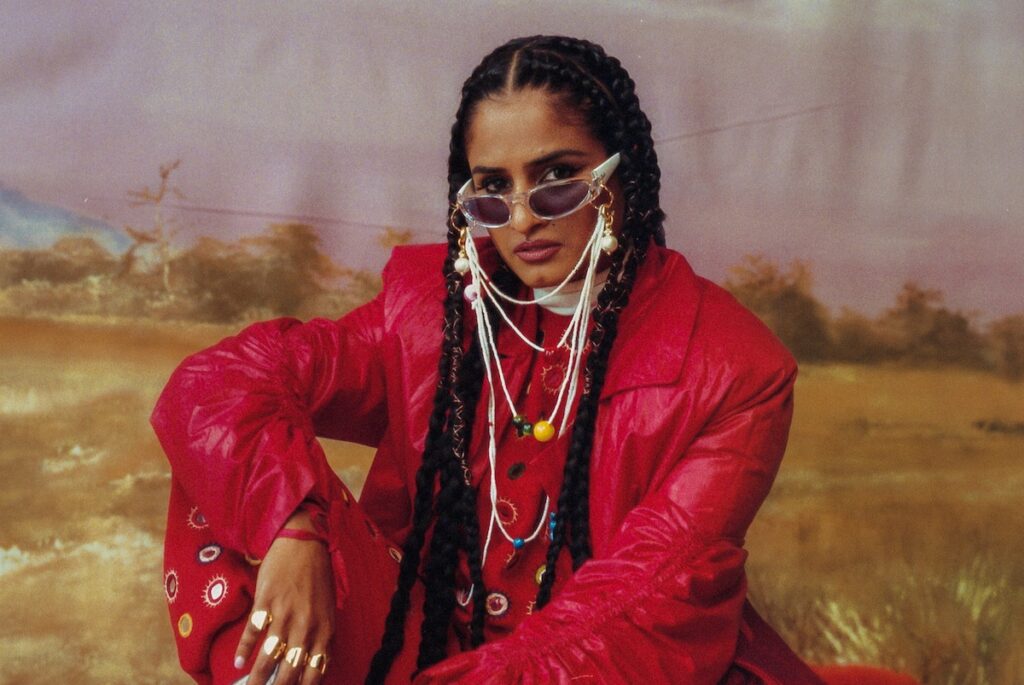
Meanwhile, the UK is warmly embracing singer Priya Ragu. Her critical acclaim has praised her use of her lyrics to rep her culture, singing “you know the name is damn-shes-Tamil”, naming her songs titles like Chicken Lemon Rice, and sampling sounds from Kollywood films to embody her Sri Lankan upbringing. She is just one rising star in a growing Tamil indie music scene that includes people like Australian artist Elsz, Canada’s Navz-47 weaving Tamil tongue with her pop and rap sensibilities and titans like M.I.A. All of this is undoubtedly registering on creatives in the scene looking to carve their own space.
Arguably this movement shows the power of putting people of colour at the helm of our storytelling. It’s not enough to simply pick brown girl leads, or to sign us as artists, or even have us in public office if we cannot proudly demonstrate our multidimensional lives, reference our language and culture, and flip the dominant narrative about us on its head.
“In the past, when we were in these spaces, we might be the only [PoC] in the whole cast. But to be able to share this space with Simone, Shelley, Adjoa and Golda [Rosheuvel] was really beautiful,” says Charithra. “It totally dispels the idea that there is only one seat available for us at the table. We created our own damn table!”






